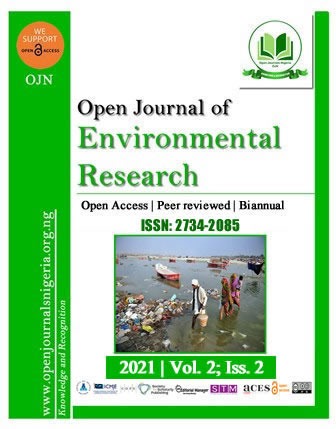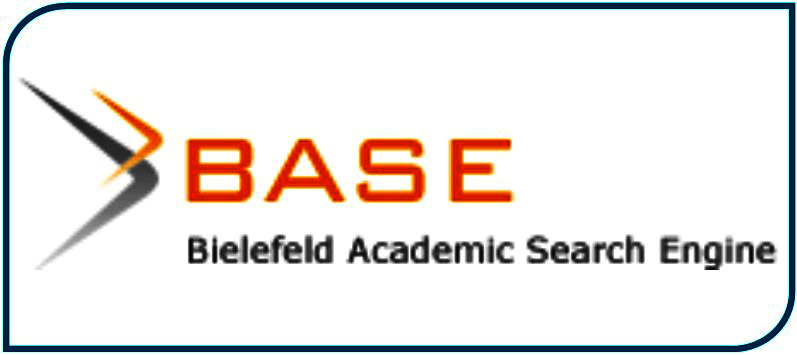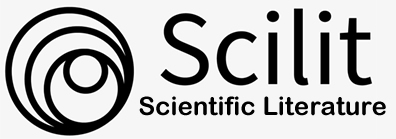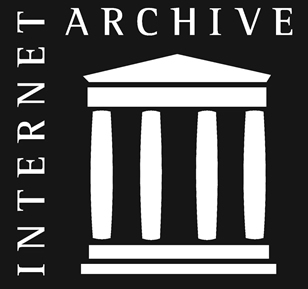PHYSICOCHEMICAL COMPOSITION AND HEAVY METAL DETERMINATION OF SELECTED INDUSTRIAL EFFLUENTS OF IBADAN CITY, NIGERIA
DOI:
https://doi.org/10.52417/ojer.v2i2.270Keywords:
Heavy metals, Industrial effluents, Ibadan, pollution, spectroscopyAbstract
The rise of heavy metal presence in environmental waters has made it necessary to continuously examine industrial effluents to maintain the quality of the environment. The focus of this study is centered on determining the heavy metal concentrations and some physicochemical parameters in twelve industrial effluents samples collected from various locations across Ibadan city. A composite sampling method was utilized to obtain representative effluent samples of the 12 Industries (categorized into food, beverage, tobacco, plastic, Pharmaceutical, chemical, and allied industries) and borehole samples from around the city were used as control. The effluent samples were digested by nitric acid (HNO3) and analyzed for cobalt (Co), chromium (Cr), copper (Cu), iron (Fe), and lead (Pb) using the atomic absorption spectrophotometric method (AAS). Some physicochemical parameters such as pH (Jenway 3510 pH meter), total dissolved solids (Hanna TDS meter), total suspended solids, and phosphate were determined. The heavy metal mean values were compared with Federal Environment Protection Agency (FEPA) and the United States Environmental Protection Agency (USEPA) standard values shown in table 1. The mean concentrations of heavy metal in the industrial effluent samples were Cu (0.32 mg/L), Pb (0.037 mg/L), Ni (0.50 mg/L), Co (0.037 mg/L), Cd (0.016 mg/L), Fe (54.0 mg/L) and Cr (0.44 mg/L). It was found that Chemical and allied industries have the highest concentration for metals such as Fe (128 mg/L), Ni (1.1 mg/L), and Cu (0.27 mg/L) while Cr (0.0067 mg/L) and Co (0.08 mg/L) were obtained in the Food/Beverage and pharmaceutical industries respectively. Conclusively, the industries around the Ibadan city stand as potential contributors to pollution, hence a periodical and continuous assessment effort are recommended.
Published
How to Cite
Issue
Section
Copyright (c) 2021 Kadir

This work is licensed under a Creative Commons Attribution 4.0 International License.




















